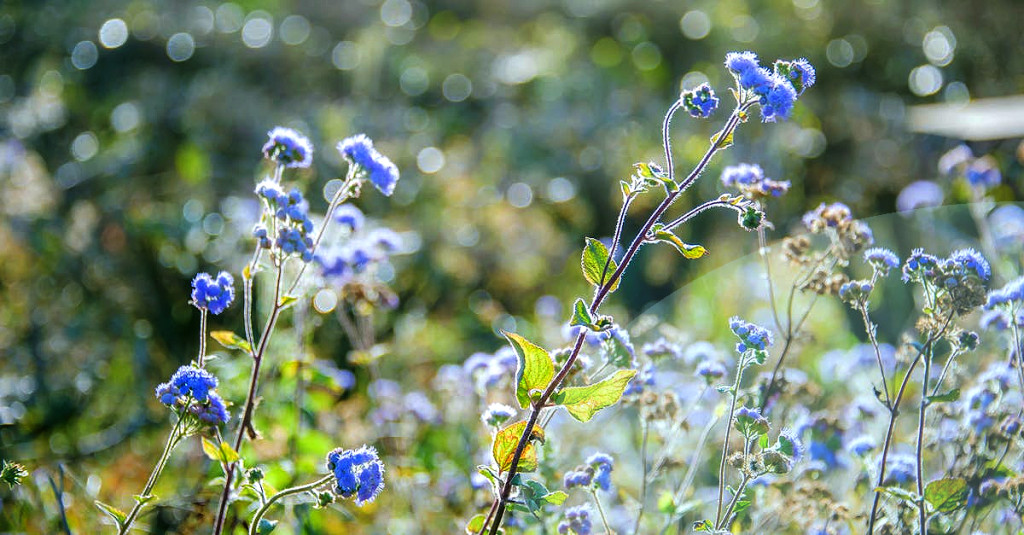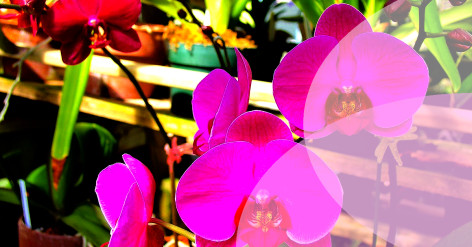How to Set Up a Composting System for Your Garden Waste

Converting Waste to Wealth: Why Compost?

Keeping your garden plants fed and maintaining soil health can sometimes feel like quite the challenge. Fear not, green thumbs, for the solution may just reside in your garden waste. Yes, you heard it right! With a little time and the most straightforward equipment, you can turn your garden cutoffs into nutrient-rich compost [^1^]. In this post, we will reckon with your composting woes and provide you with a handy guide on how to set up a composting system for your garden waste.
Stick to the Three R's: How Does Composting Work?
In a world where sustainability is not just buzz but a need of the hour, composting offers numerous benefits, transforming your green garden refuse into a valuable resource. By composting, you can reduce landfill waste, lower your carbon footprint, increase your soil's fertility and stimulate healthy root growth [^2^].
Essential Elements: What You Need to Start Composting
Composting is a natural process where organic matter, such as leaf litter and kitchen scraps, decomposes over time. The resulting substance, rich in nutrients, becomes an incredible soil supplement. Essentially, composting follows the principle of Reuse, Recycle, and Reduce. Itâs Mother Nature's form of recycling!
Related articles
The Compost Bin: Part of the Solution, Not the Pollution
Composting could be as simple or as intricate as you want it to be. Here are the basic elements you need to create a successful compost:
- Brown Materials: Also known as 'carbon sources', brown materials include items like dry leaves, shredded newspaper, hay, and straw. These help add bulk and allow air to circulate.
- Green Materials: 'Nitrogen sources' like fresh grass clippings, vegetable scraps, and coffee grounds help speed up the decomposition process.
- Water: Composting requires a certain level of moisture. Keep your compost damp but not soaking wet.
Building Your Compost Pile: Layer by Layer
Having the right compost bin is essential in creating a successful compost pile. There are many models available online, like this one from Amazon that caters to different needs. Your chosen bin should have enough space for garden waste and kitchen scraps and provide proper air circulation.
What will make your compost pile successful is the layering. The rule of thumb is simple: Start with a layer of brown material, then add a layer of green material, and finally, a bit of water. Repeat until your compost bin is full, then turn your compost pile every few weeks using a garden fork.
Not all garden and kitchen waste is suitable for composting. Limit the use of materials like diseased plants, meat, dairy, or feces. These can create an odor and draw pests. Using equal parts green and brown materials will help keep your compost balanced and smell-free.
By introducing the practice of composting into your garden routine, you are contributing to your gardenâs growth, your household's waste management, and ultimately, the health of our planet. Now go forth, and let the decomposition commence!
[^1^]: Business Insider - Article âTurn your waste into garden gold with a compost pileâ [^2^]: EPA - Basic Information about Composting




